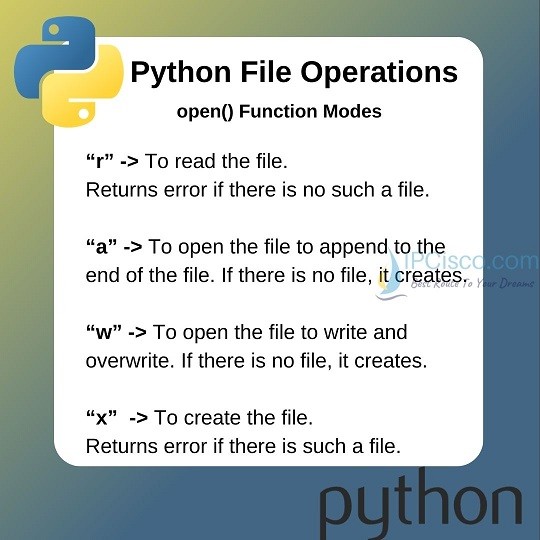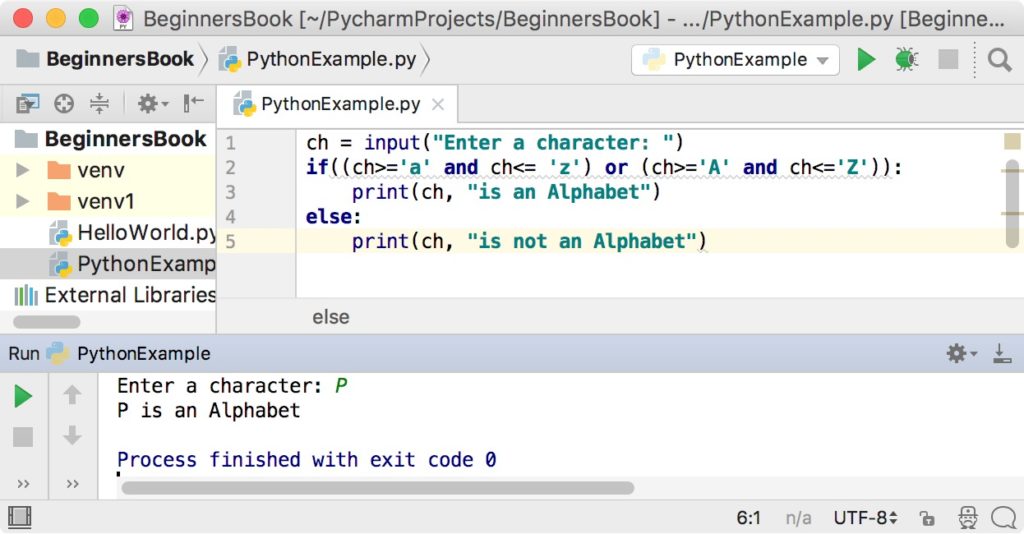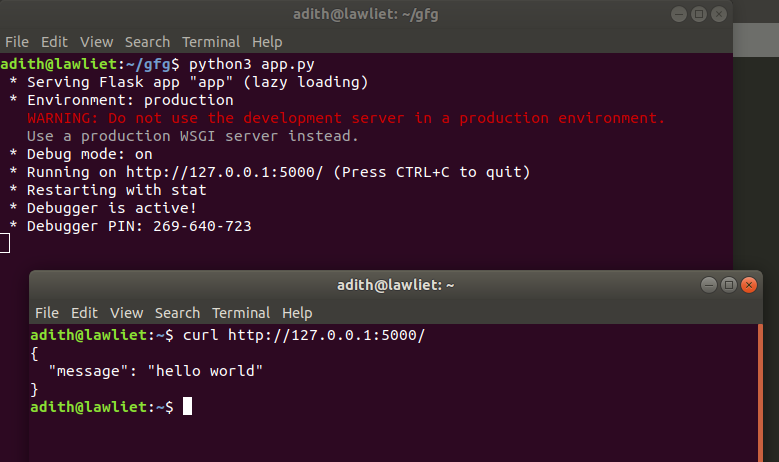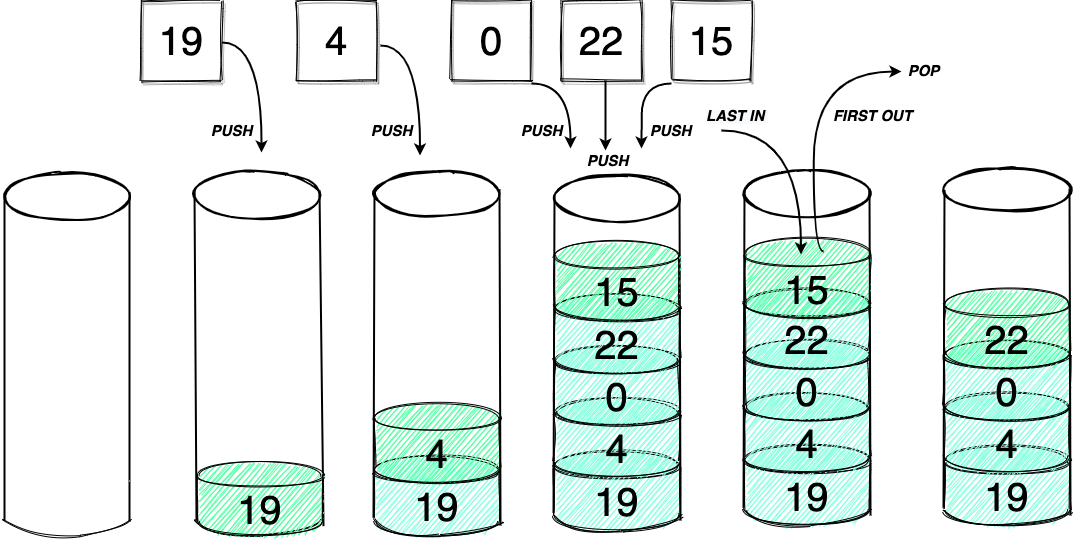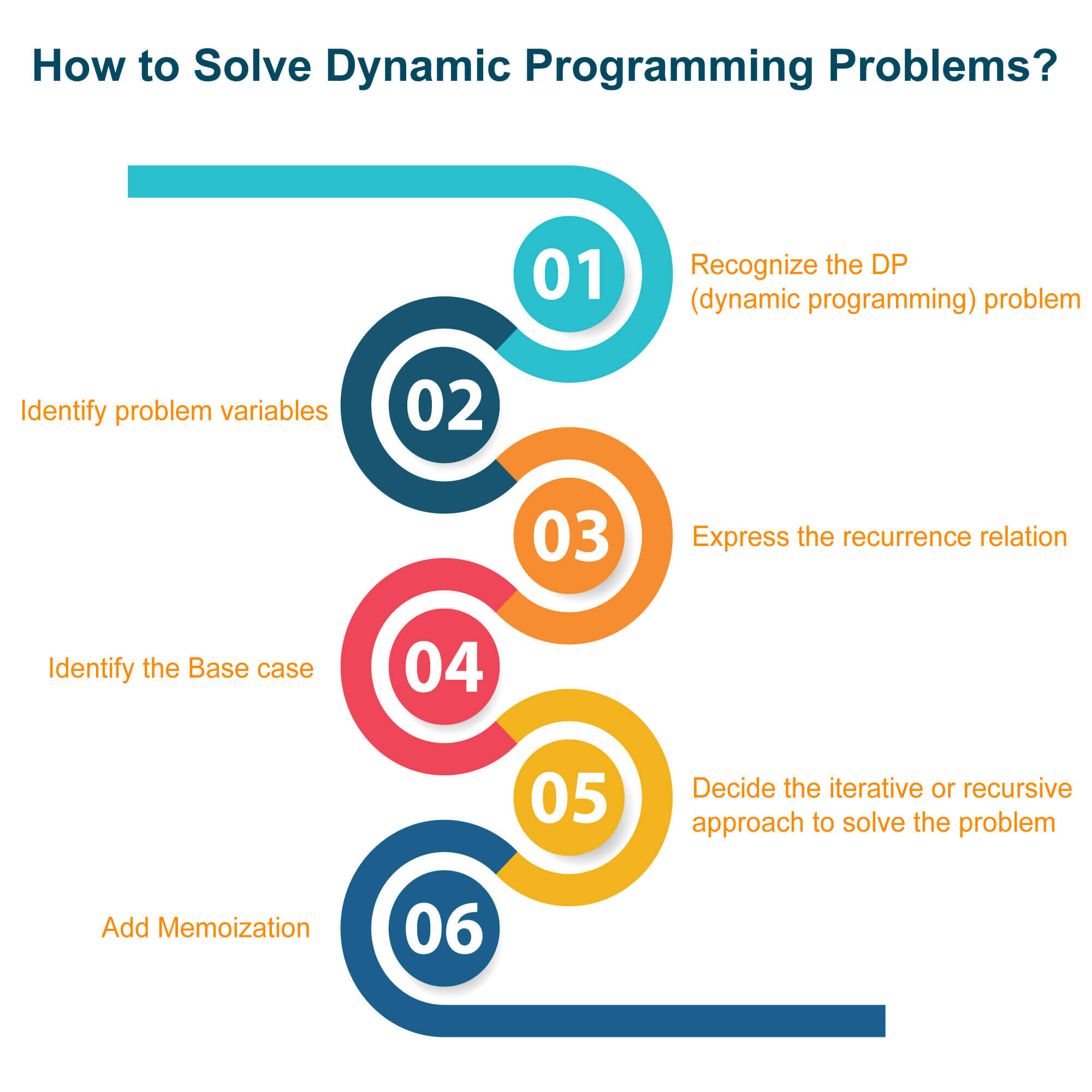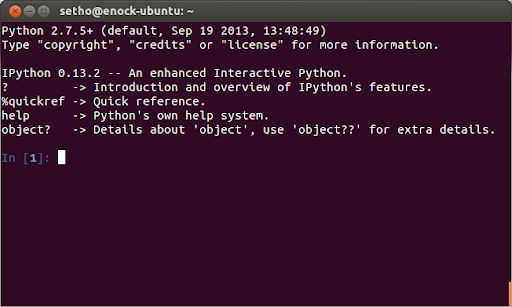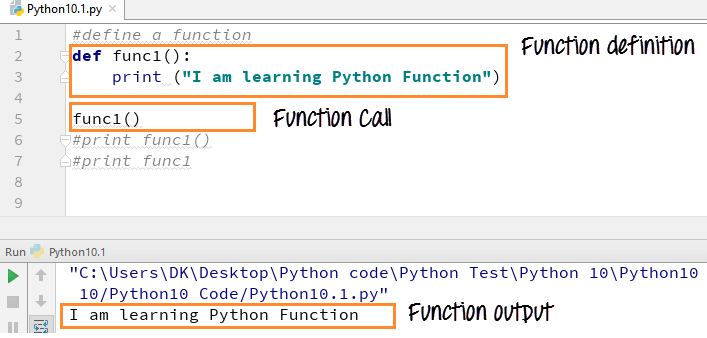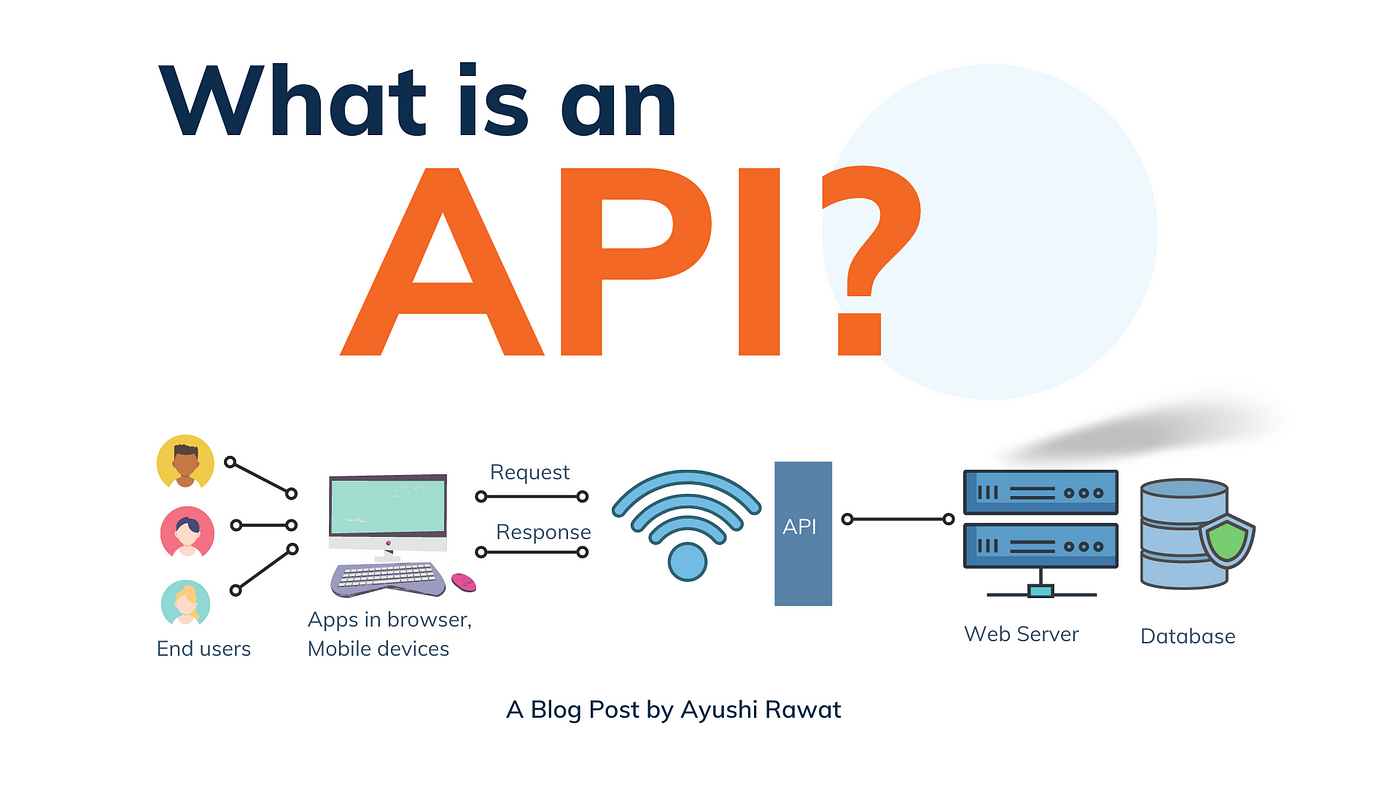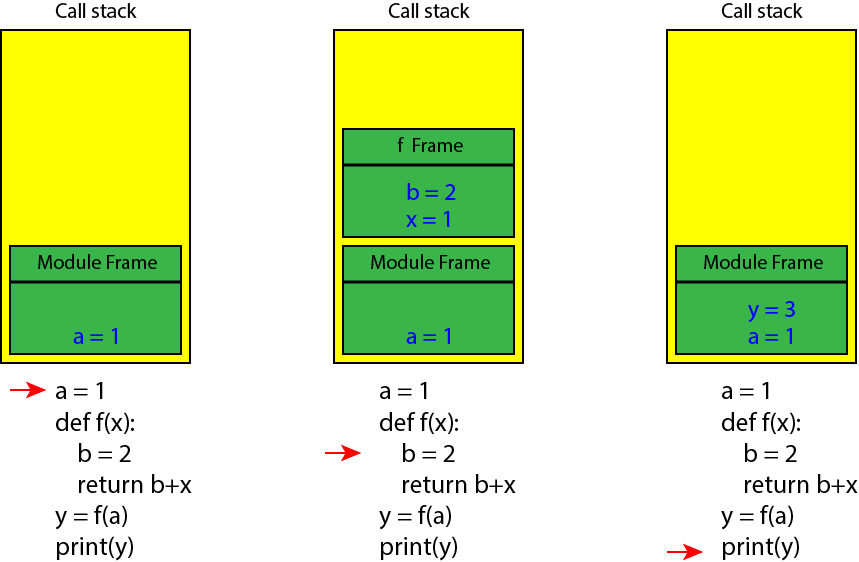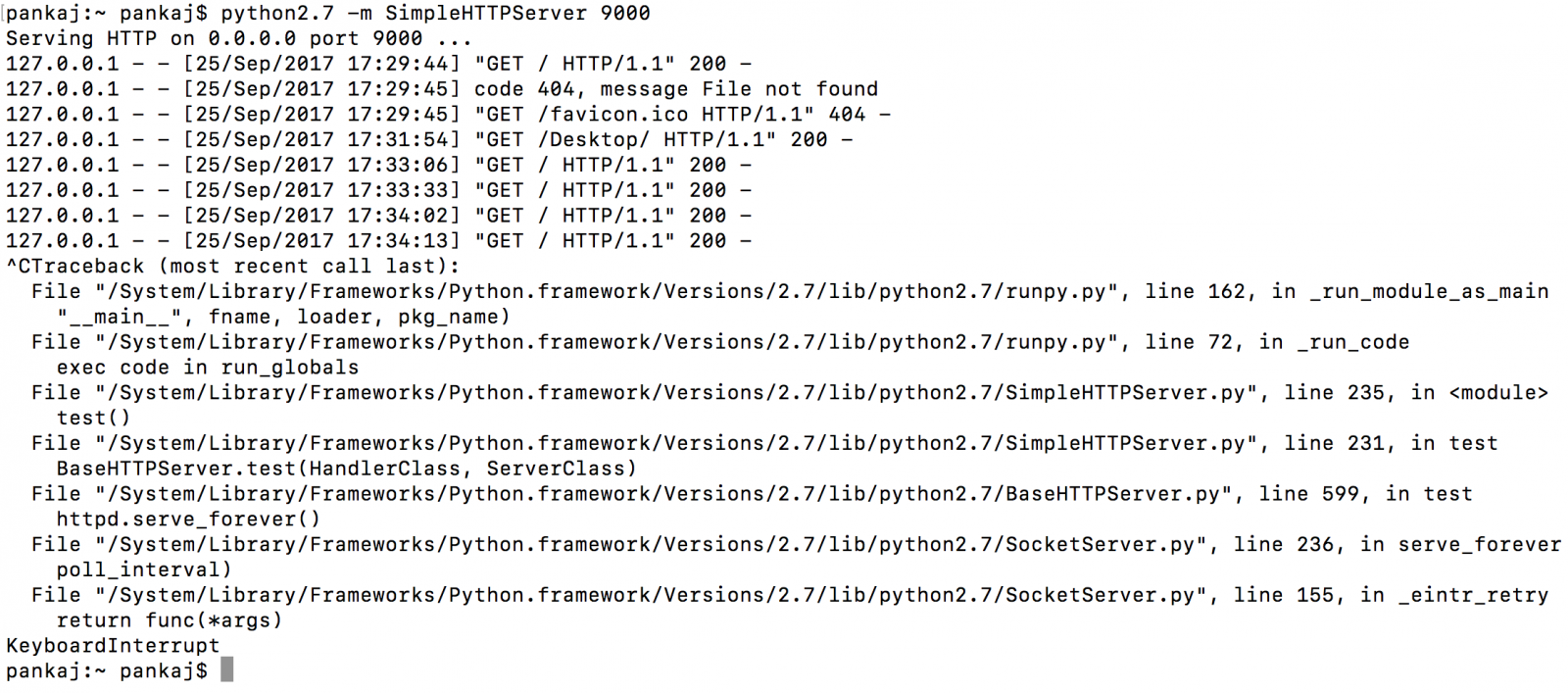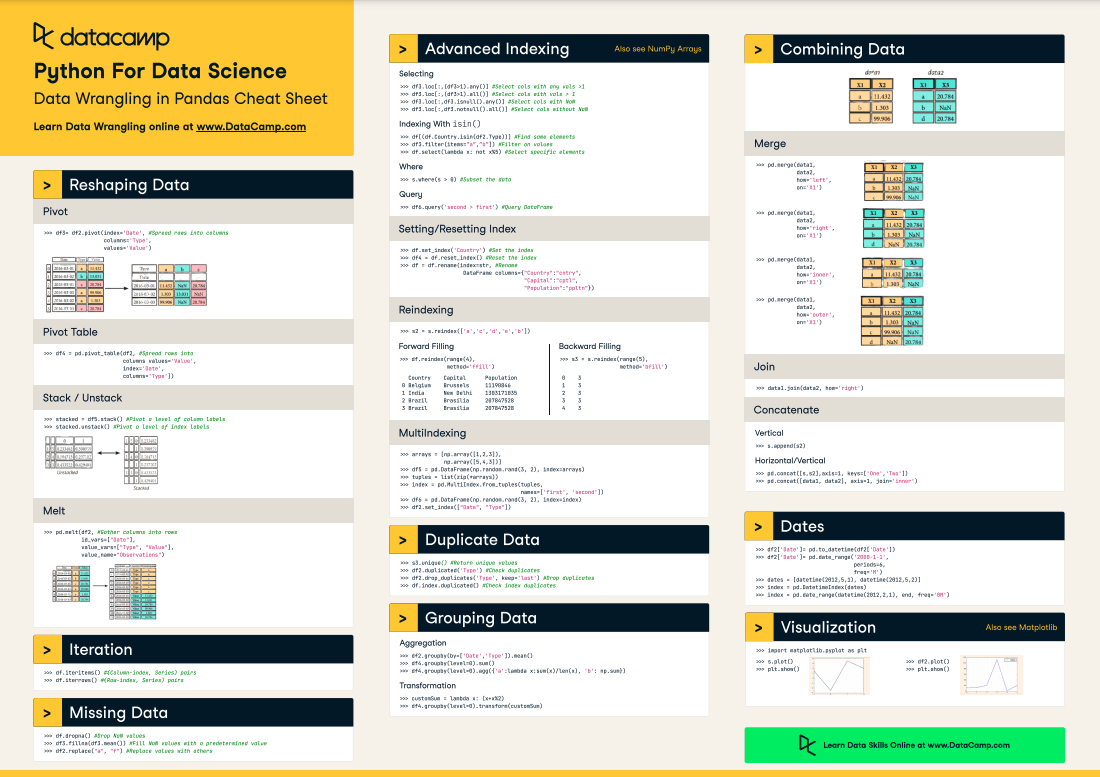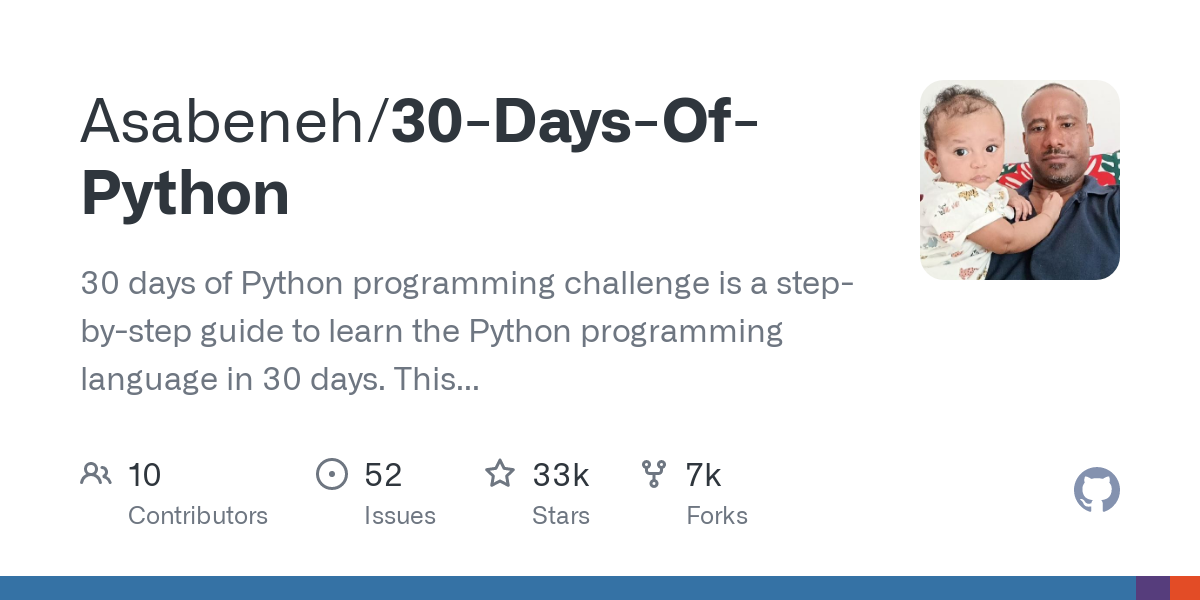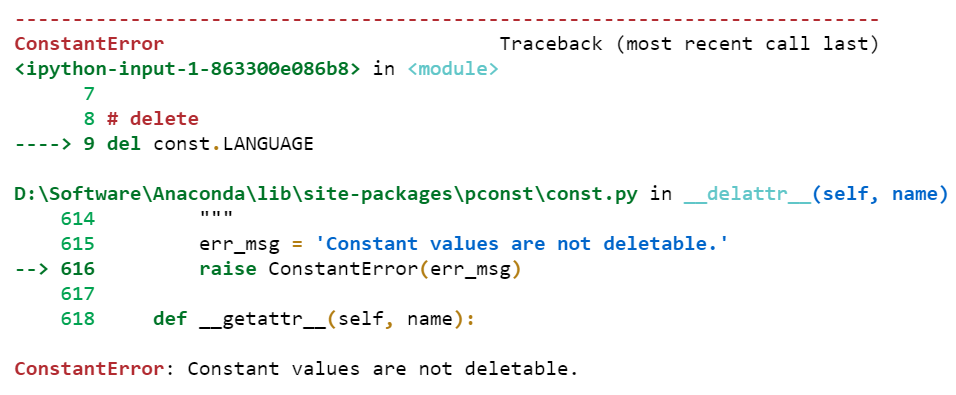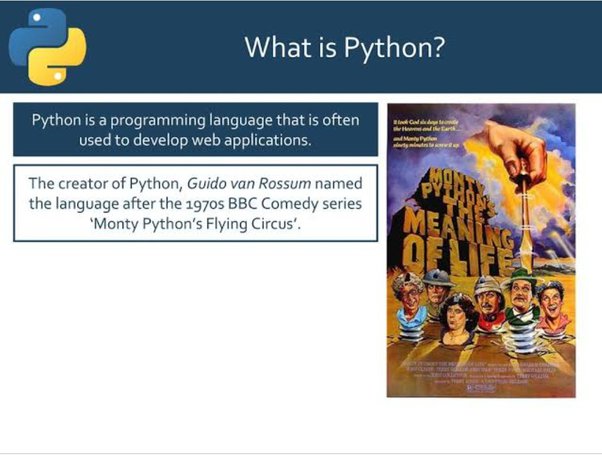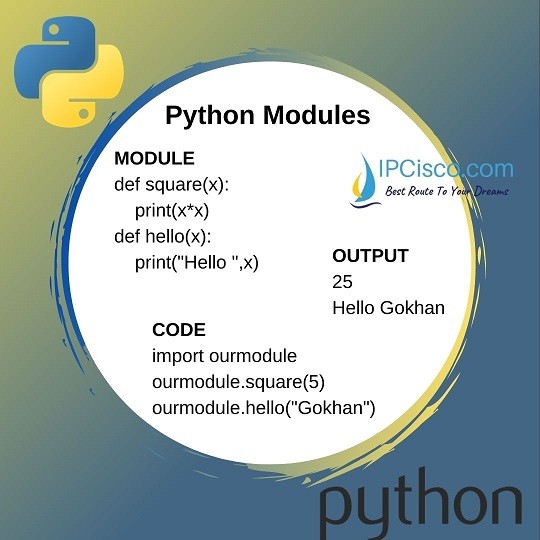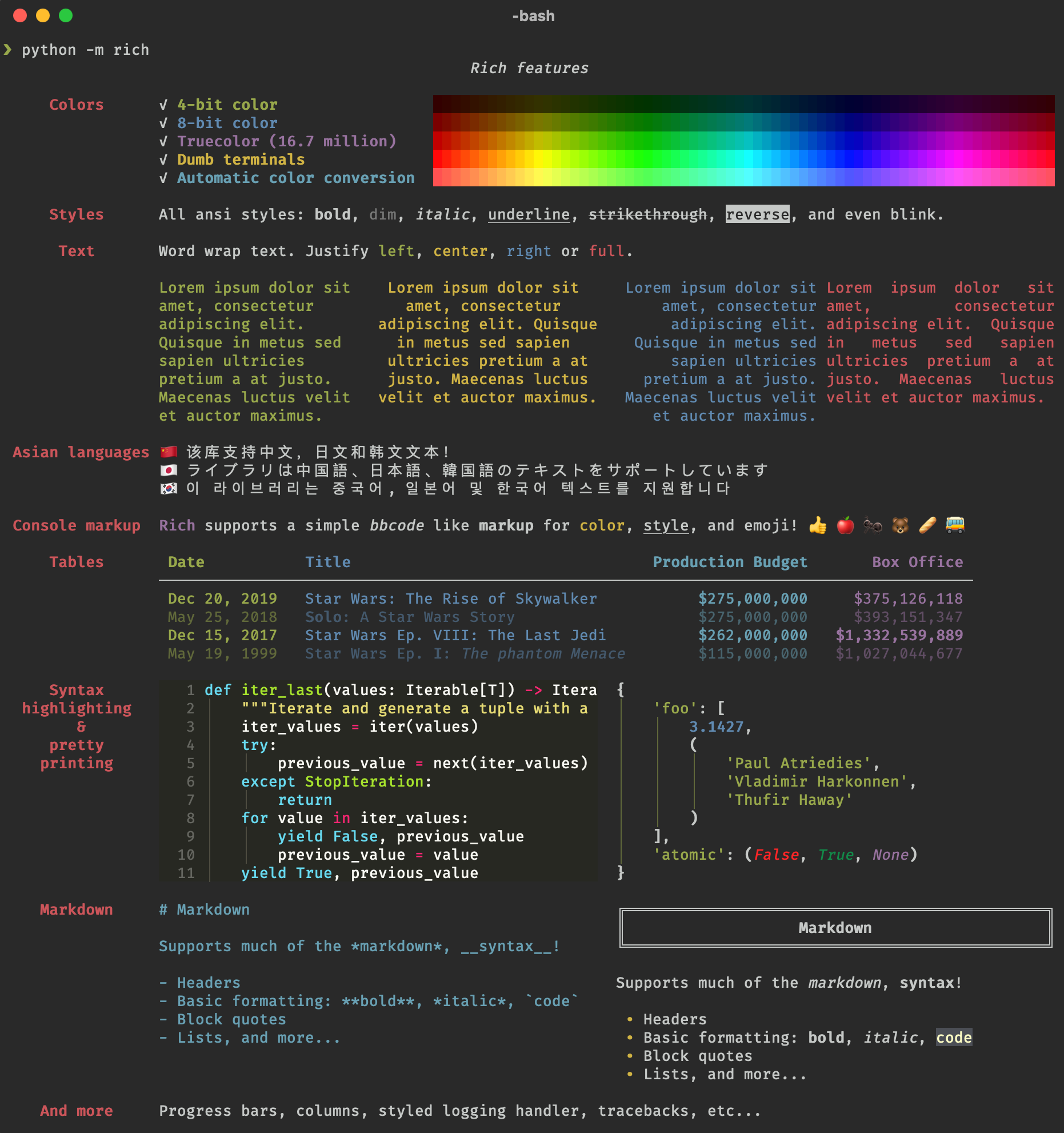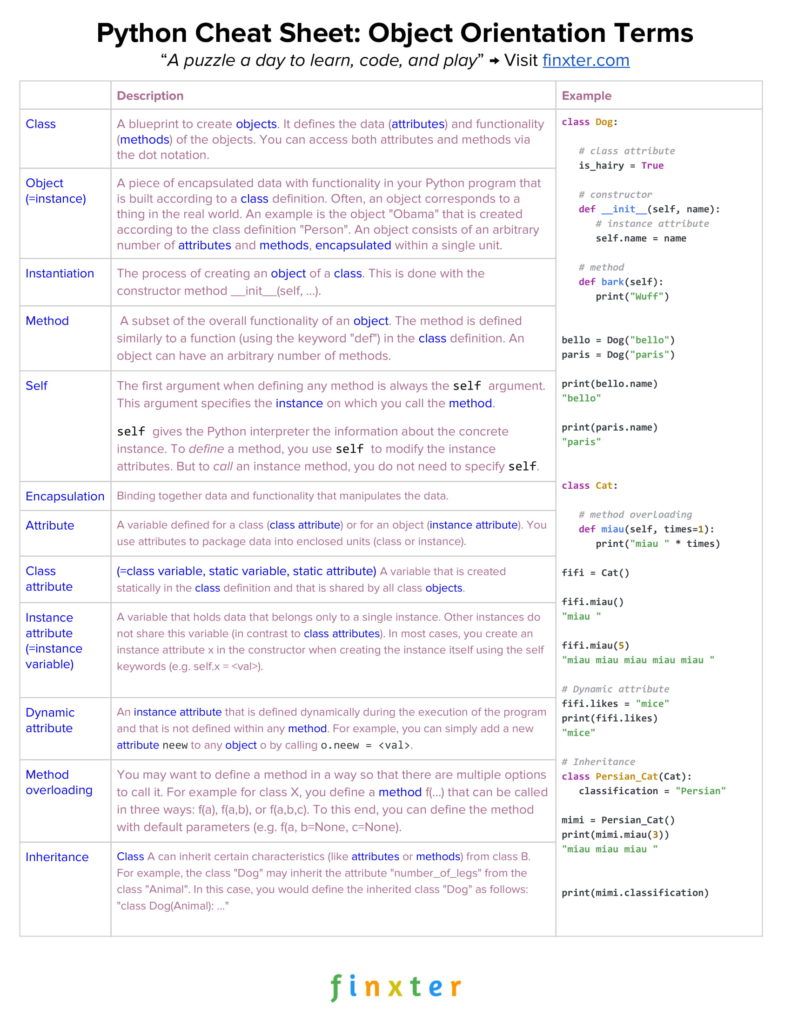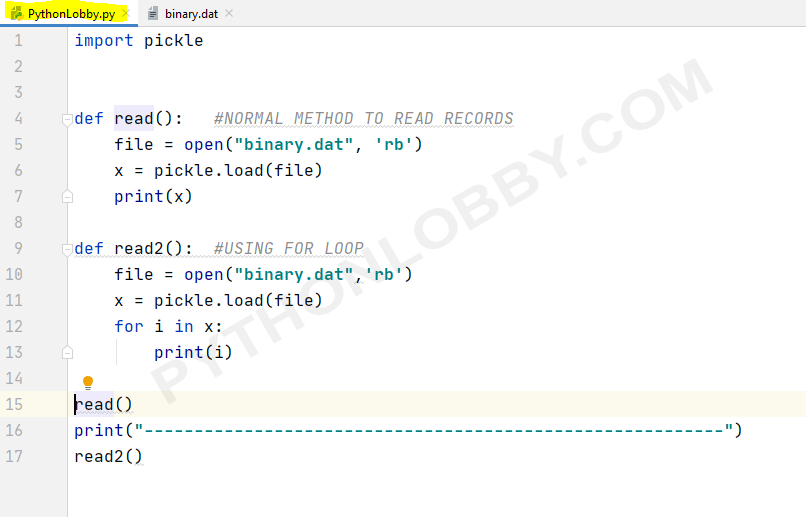How long does it take to learn MicroPython?
How long does it take to learn MicroPython?

Learning MicroPython is a fantastic journey! The time it takes to learn MicroPython depends on various factors, such as your prior programming experience, the depth of knowledge you wish to acquire, and how much time you can dedicate to learning. However, I'll provide some general guidelines to give you an idea of what to expect.
For beginners:
If you have no prior programming experience, it may take around 3-6 months to learn the basics of MicroPython. In this timeframe, you can focus on understanding the syntax, data structures, and basic operations like input/output, conditional statements, and loops. You can start by exploring online resources, such as tutorials, videos, and documentation, to get a solid foundation in Python programming.
As you progress:
After grasping the basics, you can spend another 6-12 months learning more advanced concepts in MicroPython, such as:
Working with hardware: Learn how to interface with various sensors, actuators, and other peripherals to control physical systems. Networking and communication protocols: Study how to communicate with other devices or cloud services using protocols like Wi-Fi, Bluetooth, and HTTP. Machine learning and AI: Explore libraries like TensorFlow or PyTorch to implement machine learning algorithms and AI-related projects.For advanced learners:
If you have prior experience in programming (e.g., Python, C++, Java), you can learn MicroPython at a faster pace. You might need only 1-3 months to get familiar with the MicroPython ecosystem, and then you can start exploring more complex topics like:
Building custom boards or devices: Learn about microcontrollers, PCB design, and fabrication techniques to create your own custom hardware. Developing robust IoT projects: Create smart home devices, automation systems, or industrial control solutions using MicroPython.Keep in mind that the learning pace also depends on how much time you dedicate to learning each week. If you can spare only a few hours per month, it will take longer to reach your goals.
Additional tips:
Start with simple projects and gradually move to more complex ones as your skills improve. Join online communities (e.g., Reddit's r/MicroPython) or forums to connect with other learners and get feedback on your projects. Practice regularly to reinforce your learning and develop problem-solving skills. Don't be afraid to ask for help when you're stuck, and don't hesitate to explore different resources to find the information you need.Remember, learning MicroPython is a continuous process. With persistence, patience, and dedication, you can become proficient in this exciting field!
micropython.org download
I'd be happy to provide a detailed response in English.
About Micropython.org
Micropython is a lean and mean Python implementation for microcontrollers, designed with the goal of creating an efficient and flexible scripting language for embedded systems. The project was founded by Damien George, who is also one of the main developers of MicroPython. The organization's website, micropython.org, serves as a central hub for the community, providing resources, documentation, and downloads related to Micropython.
Why Choose Micropython?
Micropython offers several advantages that make it an attractive choice for embedded systems development:
Python Syntax: Micropython supports the same syntax as Python, making it easy for developers familiar with Python to pick up and start working on microcontrollers. Microcontroller Support: Micropython has been ported to a wide range of microcontrollers, including popular boards like the ESP32, ESP8266, Pyboard, and more. Real-Time Performance: Micropython is designed for real-time performance, allowing it to handle tasks such as controlling motors, reading sensors, or communicating with other devices in real-time. Flexible Memory Management: Micropython allows developers to manage memory efficiently, which is essential for resource-constrained microcontrollers.Key Features
Micropython offers a range of features that make it suitable for embedded systems development:
Dynamic Typing: Like Python, Micropython uses dynamic typing, which means you don't need to declare variable types beforehand. Garbage Collection: Micropython includes garbage collection, which helps manage memory and prevents memory leaks. Support for Standard Libraries: Micropython comes with many standard Python libraries, such as math, statistics, and more. Extensive Documentation: The micropython.org website provides extensive documentation on the language, its features, and its applications.How to Get Started
If you're interested in using Micropython for your embedded systems project, here are the steps to get started:
Visit micropython.org: Head over to the official Micropython website (micropython.org) and explore the resources available. Choose Your Board: Select a microcontroller board that supports Micropython, such as the ESP32 or Pyboard. Download the Firmware: Download the Micropython firmware for your chosen board from the micropython.org website. Flash the Firmware: Flash the firmware onto your microcontroller using a tool like esptool (for ESP32) or pyflash (for Pyboard). Start Coding: Once you've flashed the firmware, open a terminal on your computer and connect to the board using a serial connection (e.g., UART). From there, you can start coding in Micropython!In summary, micropython.org offers a wealth of resources for developers looking to create efficient and flexible scripts for embedded systems. With its lean and mean Python implementation, real-time performance, and flexible memory management, Micropython is an excellent choice for any project that requires scripting on microcontrollers.



